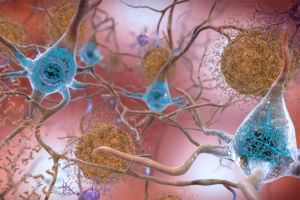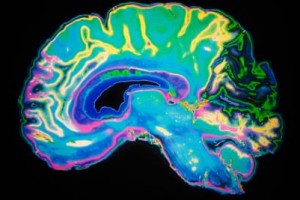How Alzheimer’s disease spreads throughout the brain
Alzheimer’s disease is a devastating brain illness that affects an estimated 47m people worldwide and is caused by the build-up of two abnormal proteins, beta-amyloid and tau.
Alzheimer’s disease is a devastating brain illness that affects an estimated 47m people worldwide and is caused by the build-up of two abnormal proteins, beta-amyloid and tau. Tau is particularly important because it causes neurons and their connections to die, preventing brain regions from communicating with each other normally. In the majority of cases, tau pathology first appears in the memory centres of the brain, known as the entorhinal cortex and hippocampal formation. This has been shown to occur many years before patients have any symptoms of disease.
Transneuronal spread
The team provided the first evidence from humans that tau spreads between connected neurons. This is an important step, because stopping this spread at an early stage might prevent or freeze the symptoms of Alzheimer’s disease.
This idea has been proposed before and is supported by studies in mice. The evidence from mouse studies was controversial, as the amount of tau injected was relatively high, and disease progression occurred much more rapidly than it does in humans.
They combined two advanced brain imaging techniques; PET and fMRI. For the first time, by scanning the same people with both methods, they were able to directly relate the connections of the brain to the distribution of abnormal tau in living humans with Alzheimer’s disease.
They used a mathematical technique called “graph analysis” to analyse brain connectivity. This technique involved splitting the brain up into 598 regions of equal size, then treated the connectivity between regions like a social network, assessing factors such as the number of contacts a brain region had, how many “friendship” groups it took part in, and how many of a brain region’s contacts were also contacts of each other.
The transneuronal spread hypothesis predicts that strongly connected brain regions will accrue most tau. This relationship was present within each brain network individually, as well as across the whole brain.
By looking at patients with a range of disease severity, from mild cognitive impairment through to established Alzheimer’s disease, they were able to disentangle the causes of tau accumulation from its consequences. They showed that increasing amounts of tau in Alzheimer’s disease caused the brain to become less connected overall, and the connections that remained became increasingly random.
Overall, evidence of transneuronal spread in humans with Alzheimer’s disease provides proof of concept for exciting new treatment strategies to lock up tau pathology before it can cause significant damage.
theconversation.com





Related Posts